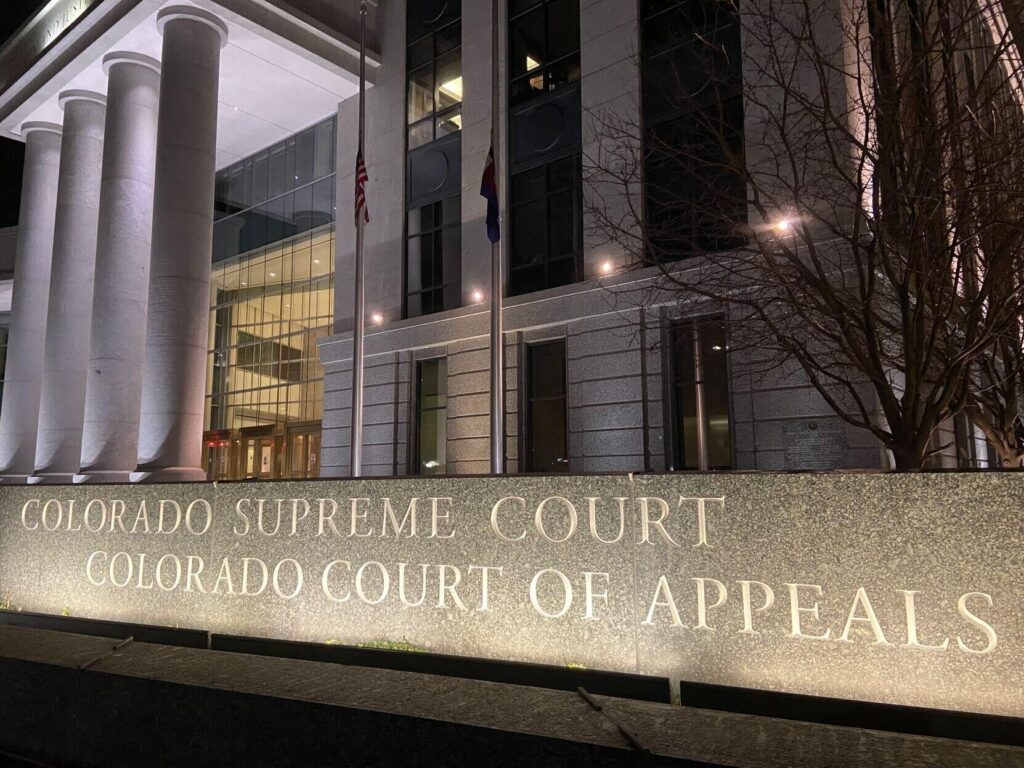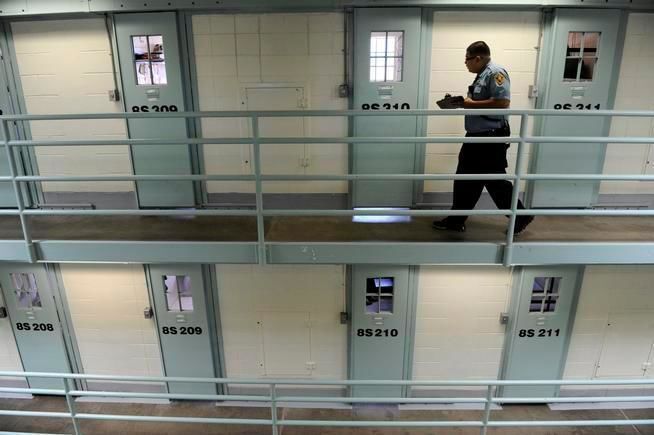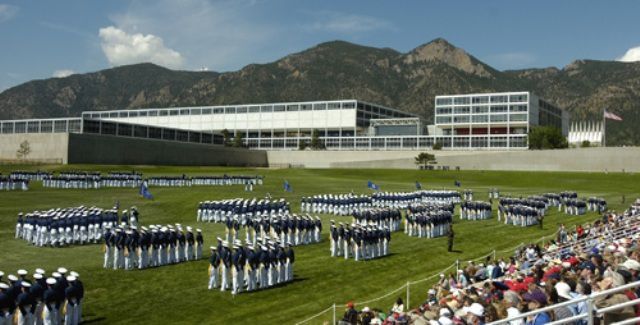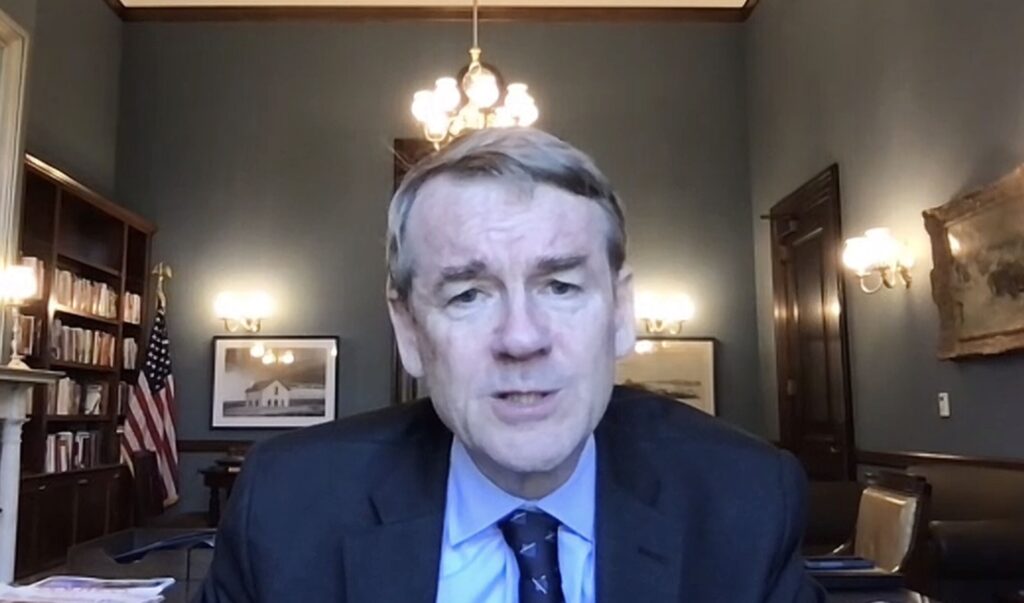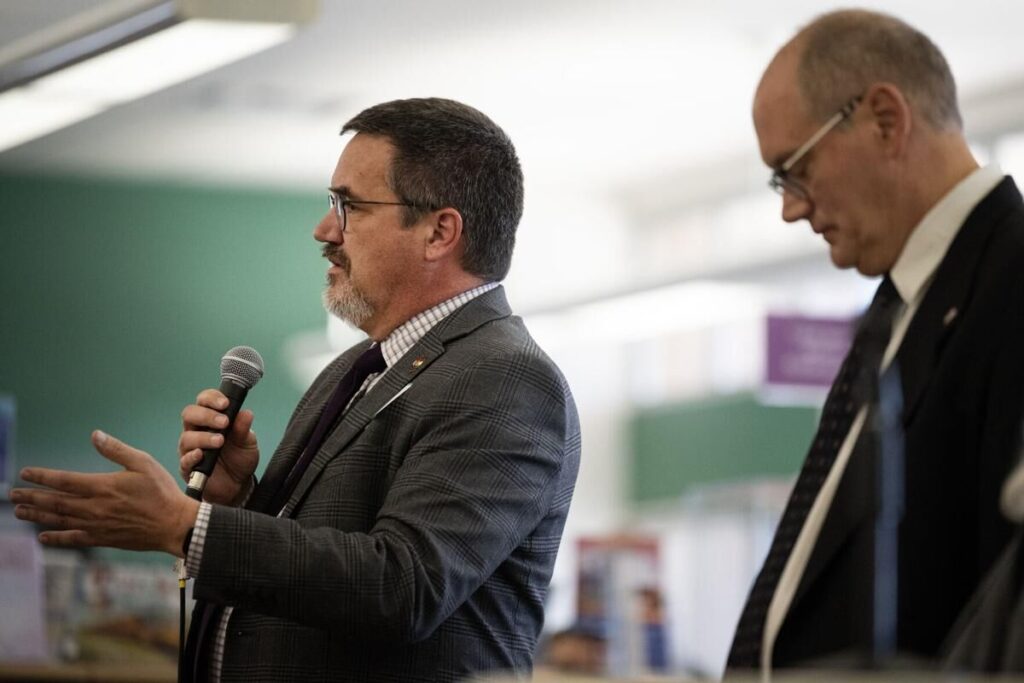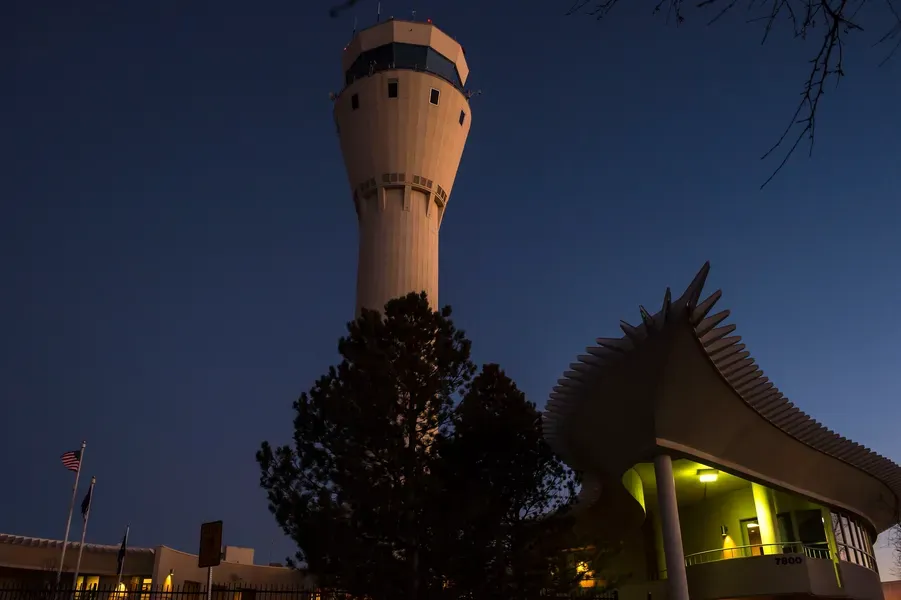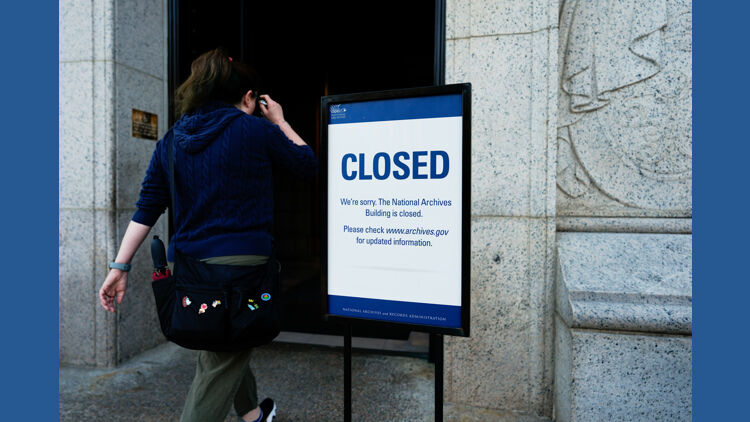Feds’ vague plan keeps monuments, including Canyons of the Ancients
The long-awaited review of national monuments designated by other presidents over the last two decades landed, sort of, Thursday. Interior Secretary Ryan Zinke said he has sent President Trump a plan that would preserve all 27 monuments as federal assets, including Colorado’s Canyons of the Ancients, but some could shrink.
The Interior Department didn’t release the plan and hasn’t gone into specifics about where boundaries in which monuments could retreat.
“No President should use the authority under the Antiquities Act to restrict public access, prevent hunting and fishing, burden private land, or eliminate traditional land uses, unless such action is needed to protect the object,” Zinke said in a statement Thursday. “The recommendations I sent to the president on national monuments will maintain federal ownership of all federal land and protect the land under federal environmental regulations, and also provide a much needed change for the local communities who border and rely on these lands for hunting and fishing, economic development, traditional uses, and recreation.”
Environmental groups are expected to fight the plan in court, The Washington Post reported Thursday afternoon.
Zinke has given Colorado leaders assurances about Canyons of the Ancients, the lone entry from the state on the monuments hit list.
“??Canyons of the Ancients? ?is? gorgeous land, but its monument status as the most high-density Native American archaeological sites in the Nation? is clear,” Zinke said in a statement last month. “The history at this site spans thousands of years, and the federal protection of these objects and history ?will help us preserve this site for a thousand more years.”
The lack of details Thursday made it difficult for would-be opponents to react. Though relieved that none of the monuments will be entirely delisted, the details about where the reductions would come could change opinions dramatically.
Conservation Colorado, the state’s largest environmental organization, noted the “zero specifics” in the announcement.
“President Trump and Secretary Zinke have done the unthinkable and attacked our national parks and monuments despite tremendous public support for them,” Scott Braden, wilderness and public lands advocate at Conservation Colorado. “The fact that Colorado’s national monuments were spared from tampering is a Pyrrhic victory; it is a sad day for every Coloradan who values and cherishes our nation’s proud legacy of protecting national parks and public lands.
“Keeping the public in the dark on the actual recommendations speaks volumes about the poor quality and lack of transparency that has characterized the entire process. We will continue to fight for parks and public lands in Colorado, which we fully expect to continue to be targets of this reckless administration.”
Conservation Colorado said there were more than 2.7 million public comments in favor of protecting our nation’s monuments were submitted during the review, and the monuments were defended by the editorial boards of newspapers across Colorado.
U.S. Sen. Michael Bennet, a Democrat from Denver, said keeping the plan secret is “further proof that this ill-conceived and unnecessary review process is not in the best interest of local communities and tribes.”
He continued, “Despite claims of transparency, it is troubling that Secretary Zinke would leave the American public in the dark, while the president decides the fate of our public land and water.?”
Monuments are preserved from drilling and most other development because of their rich national treasurers, but they have become lightning rods for politics, as well. Republican leaders in Utah forced the political issue with President Trump after President Obama designated millions of acres in southeast Utah as the Bears Ears National Monument in December.
The public lands fight in Utah has been layered but aggressive since the Sagebrush Rebellion days decades ago, as locals seek more access to public lands for grazing, energy development and other boosts to state and local economies.
Monuments were created by the Antiquities Act of 1906 under President Theodore Roosevelt to allow presidents to set aside landmarks, buildings and other “objects of historic or scientific interest” on federal government. Roosevelt immediately established 18 monuments, including the Grand Canyon.
Most are protected by the National Park Service, the Bureau of Land Management, the U.S. Fish and Wildlife Service or the U.S. Forest Service. Opponents see federal oversight as insufficient to maintain the properties, or over-restrictive in allow public access.
Editor’s note: This story was updated to include comments from Conservation Colorado and Sen. Michael Bennet.


